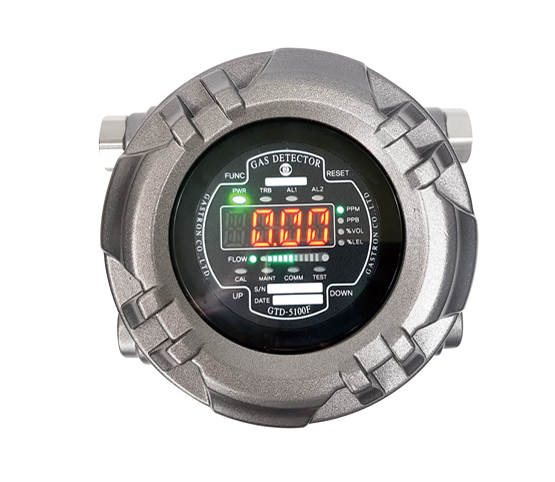
SID-5100F
To arrange the procurement of a VOC gas detection system
with the specified features, including continuous detection of VOC gas in an
explosion-hazardous area, follow these steps:
Product Feature
1. Product Research:
- Start by researching
manufacturers or suppliers that offer VOC gas detection systems with the
specified features, especially those designed for use in explosion-hazardous
areas.
2. Contact Manufacturers or Suppliers:
- Contact the
manufacturers or suppliers you've identified and inquire about the availability
of a VOC gas detection system that meets your criteria. Clearly communicate
your requirements and expectations for continuous VOC gas detection in an
explosion-hazardous area.
3. Request Quotations:
- Request
quotations for the VOC gas detection system that aligns with your needs. Ensure
that any warranty information and additional services, such as calibration and
maintenance, are clearly outlined in the quotation.
4. Demo and Evaluation:
- If possible,
arrange for a product demonstration to ensure that the system meets your
expectations and is user-friendly.
5. Choose the Right Product:
- Evaluate the
options presented to you and select the VOC gas detection system that best fits
your requirements and budget.
6. Purchase and Delivery:
- Place your order
with the chosen manufacturer or supplier and confirm the delivery terms,
especially considering the potential hazardous area.
7. Installation and Training:
- Coordinate the
installation of the VOC gas detection system, ensuring compliance with safety
standards, and ensure that your team receives proper training on its operation
and maintenance.
8. Cartridge Sensor Replacement:
- Understand the
procedures for easy cartridge-type sensor replacement and ensure that you have
replacement cartridges readily available.
9. Digital Flow Sensor:
- Familiarize
yourself with the digital flow sensor's operation to maintain a regular flow
rate for accurate detection.
10. PID Sensor for Low Concentration VOCs:
- Configure the
system to use the PID sensor for the detection of low concentration VOC gases.
11. Auto Calibration and Magnet Bar:
- Set up auto
calibration and program settings using the magnet bar on the FND display board
for ease of use.
12. Digital Gas Concentration Display:
- Configure and
monitor the 4-digit digital gas concentration display for real-time data.
13. Output Signals and Communication:
- Set up the
4-20mA output signal and RS-485 Modbus communication according to your
monitoring and data transmission needs.
14. Alarms and Relay Outputs:
- Configure the
2-stage alarms, trouble display, and relay contact output for safety and
notification purposes.
15. 3-Wire Type:
- Ensure that the
system is configured as a 3-wire type for both signal and power connections.
16. Calibration and Maintenance:
- Ensure that the
system can be calibrated and maintained by one person, following the
manufacturer's guidelines.
Product Appication
By following these steps and working closely with the
manufacturer or supplier, you can arrange the procurement of the VOC gas
detection system that meets your specific needs. Maintain proper documentation
for warranty and service records to ensure the long-term performance of the
system in the hazardous area.



